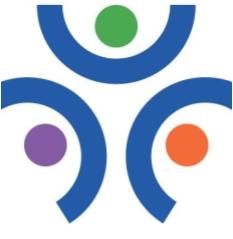Dyscalculia
Students with dyscalculia usually have difficulty with time, directions, recalling schedules, sequences of events. They also often mistake recollection of names, have poor name-face association and/or substitute names beginning with same letter.
Their difficulties show up most significantly in the area of mathematics. They have inconsistent results in addition, subtraction, multiplication and division, are bad at financial planning and money management, and are too slow at mental math to figure totals, change due, tip, and tax. When writing, reading and recalling numbers, they might make number additions, substitutions, transpositions, omissions, and reversals.
Students struggling with dyscalculia tend to have the inability to grasp and remember math concepts, rules, formulas, sequence (order of operations), and basic math facts (+-x/).
They have poor memory (retention & retrieval) of math concepts, may be able to perform math operations one day, but draw a blank the next! Or they might be able to do book work but then fail tests.
Dyscalculia may affect a students’ ability to imagine or “picture” mechanical processes. They often have a poor ability to “visualize or picture” the location of the numbers on the face of a clock, the geographical locations of states, countries, oceans, streets, etc. or not remember the ‘layout’ of things – getting lost or disoriented easily.
Most students with severe dyscalculia should be given a personal curriculum in math to help them through the high school curriculum expectations. To work with the younger student, the teacher must work at a slower pace and use many visuals and manipulatives to help them understand the mathematics concept being taught.

